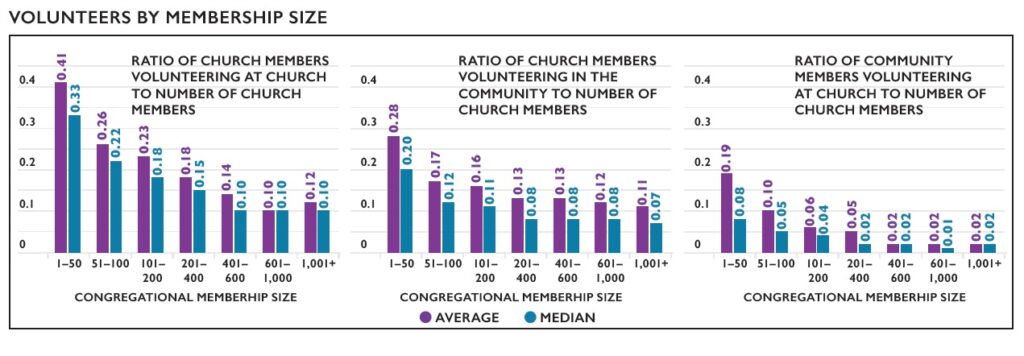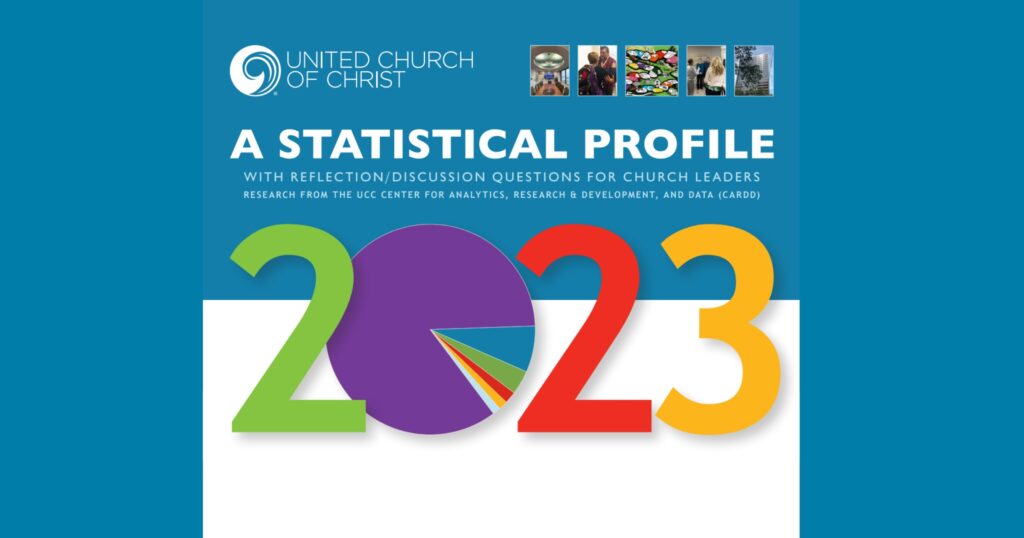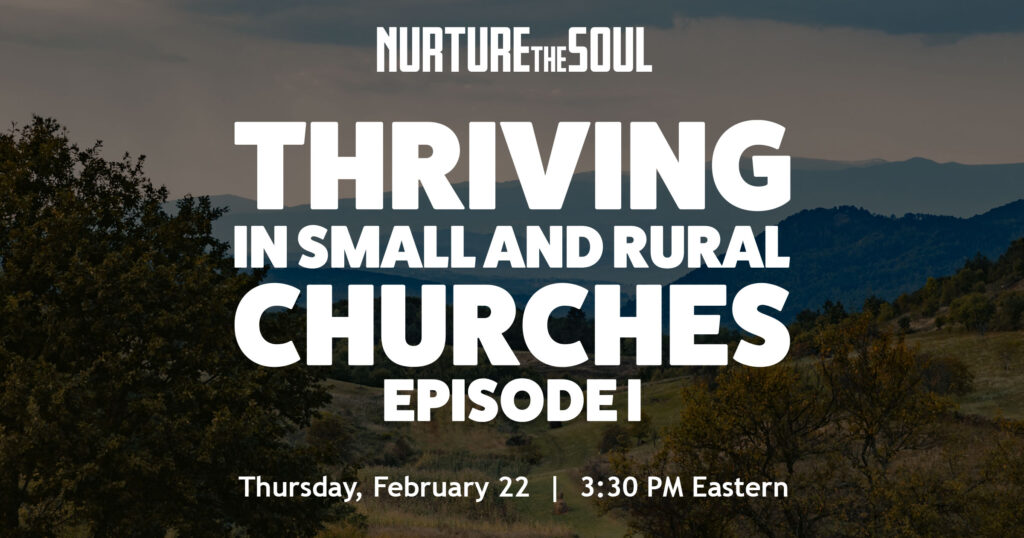Newly released Statistical Profile highlights strengths of small UCC churches
If you have ever felt curious about how the United Church of Christ appears by the numbers and the ways it has changed over time, the UCC Center for Analytics, Research & Development and Data (CARDD) has the resources for you.
The recently released 2023 Statistical Profile brings together the latest data on congregational, financial and ministerial trends in the UCC, as well as new information on virtual worship and additional topics covered by contributors.
“I hope the Statistical Profile can be useful for local churches and clergy to understand how their church fits into the wider context of UCC churches, to identify places where their church might have particular strengths and to find inspiration for how their church might find new pathways to flourishing,” said Erica Dollhopf, CARDD director.
Smaller churches’ ‘particular gifts’
The trends and patterns of the profile aim to “give a fuller picture of the evolving vibrancy of the various contexts of the UCC,” its introduction describes.
One special report in this year’s publication — “Church Communities by the Numbers: Outside Organizations and Volunteers,” found on page 41 — aims to do just that through capturing new metrics on the number of outside organizations that share church space and the number of people who volunteer at the church, as well as members who volunteer in the community.
Churches were asked to report specific numbers on these elements for the first time in the 2023 Supplemental Survey sent to churches to gather information, after they were highly mentioned themes in the 2022 Supplemental Surveys.

The calculations listed in the special report show that the ratio of volunteers to church membership within the smallest churches by membership size had the most engagement from volunteers of all types by far, relative to their church size.
“This finding highlights the particular gifts of smaller churches — they tend to be close-knit, highly involved communities,” Dollhopf said. “The findings here echo what we see on page 12 of the profile, where we look at the ratio of worship attendance to membership. The smallest churches by membership size tend to have the most people attending in-person worship relative to membership. While not everyone who attends worship is necessarily a church member, this calculation is another way to approximate engagement, which generally is highest within smaller churches.”
Dollhopf said she was eager to share these findings and “show the many ways our churches are engaged with and support their local communities and, furthermore, about how vitality can be found in churches of any size.”
‘New ways of becoming church’
The Statistical Profile addresses a wealth of topics, with the graph of UCC Congregations by Date of Organization (page 9) another highlight for Dollhopf.
“I always look forward to computing the data for the graph,” she said. “Each year, the percentage of churches founded since 2000 grows a little more. And it is exciting to see that, even in the midst of ongoing change, we continue to find new ways of becoming the church and starting new church communities.”
This year’s profile includes 17 special reports highlighting various areas of ministry within the UCC.
Data from the Washington, D.C., office’s Take Action alerts (page 48) show the highest number of actions taken by advocates in 2022 were on the topics of gun violence prevention, humanitarian support for Ukraine and immigration reform. Meanwhile, the number of most common languages (besides English) spoken in UCC congregations and used in worship can be found on page 44, with Spanish, Hawaiian and American Sign Language topping the list.
“CARDD is so appreciative of the time our colleagues from across the UCC take to tell the story of their work through data, and we are thrilled to be able to include these stories in the profile, allowing our readers to understand the work of the church beyond our clergy and congregational data,” Dollhopf said.
Information for the Statistical Profile primarily comes from data reported through the UCC Data Hub annually to produce the UCC Yearbook.
“Reflection” sections are placed throughout the Statistical Profile in blue boxes with questions designed to assist local church leaders in applying this data in their specific contexts.
The 2023 Statistical Profile — and other recent work from CARDD — can be found on CARDD’s Statistics and Reports page.
Content on ucc.org is copyrighted by the National Setting of the United Church of Christ and may be only shared according to the guidelines outlined here.
Related News
UCC economic justice minister among those arrested at Arizona protest to ‘end the genocide economy’
Over 100 protesters gathered outside of the University of Arizona Tech Park in Tucson,...
Read More‘The consistent theme is love’: In new year, UCC National Setting builds on ‘one-staff model’
As the calendar turned to 2024, the United Church of Christ national ministry teams began...
Read MoreJoin February webinar series for discussion of thriving churches in rural and small towns
A recent United Church of Christ survey found that over 60% of UCC congregations have small...
Read More


